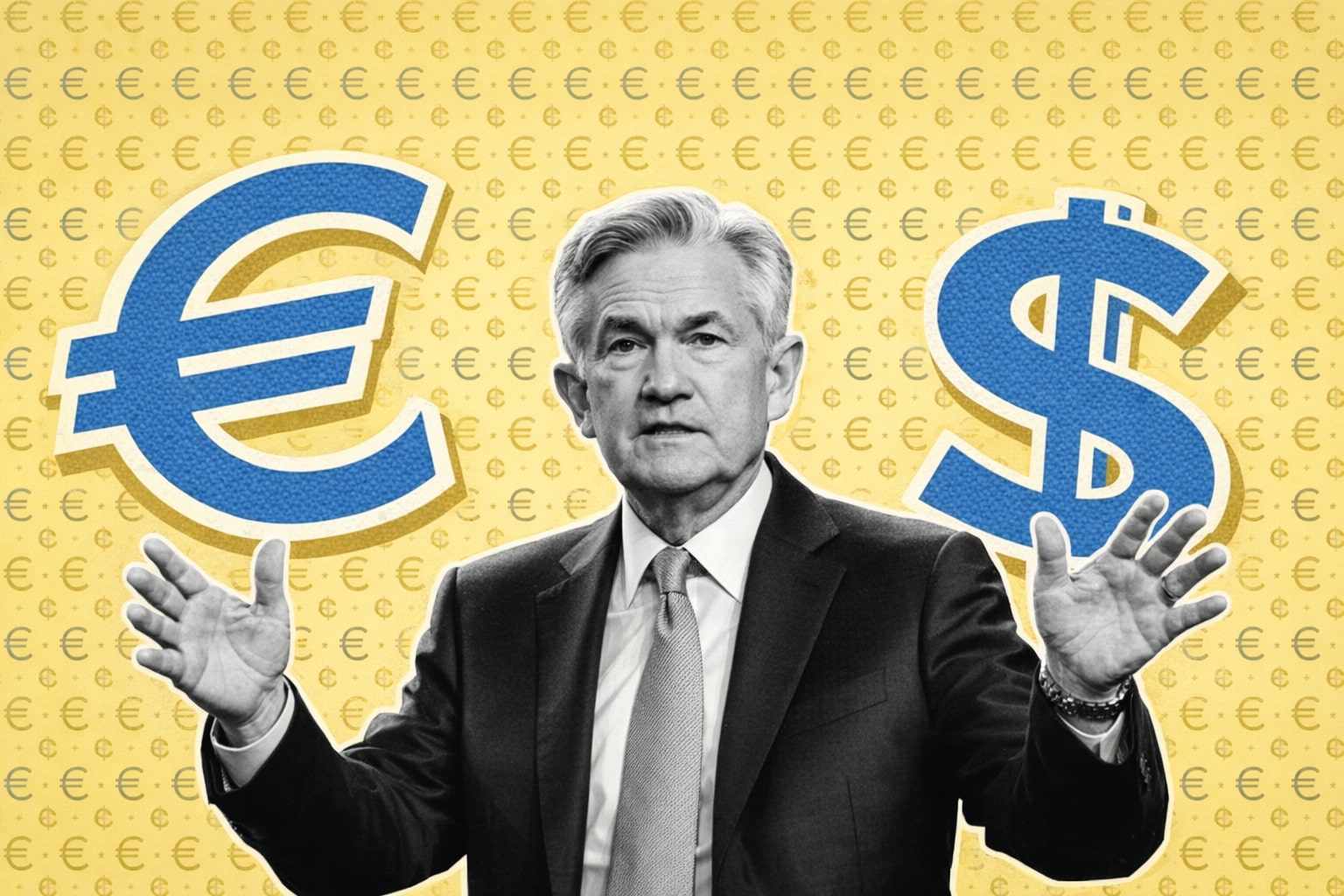
Forex Currency Pairs - EUR/USD, EUR/JPY, GBP/USD, and USD/JPY
In-Depth Insights into EUR/USD, EUR/JPY, GBP/USD, and USD/JPY Movements and Investment Strategies | That's TradingNEWS
Comprehensive Forex Market Analysis: Key Developments and Trends
EUR/USD: Navigating Bearish Trends and Mean Reversion
The EUR/USD pair experienced subdued volatility, holding within a tight range as it faced resistance at the 1.0862 Fibonacci retracement level, which marks the 50% level of last year’s major move. Despite sellers slowing their push mid-week, the pair avoided testing the critical support zone near the 200-day moving average at 1.0817, which last acted as support in early July.
On the weekly chart, EUR/USD continues to hover around the pivotal 1.0943 resistance level, aligned with the 50% retracement of the 2021-2022 major move. This level has historically been a robust barrier, with previous resistance inflections occurring in March. Market participants are now focused on the upcoming FOMC meeting, with expectations that groundwork will be laid for a potential rate cut in September. Whether this will be sufficient to break the 1.0943 resistance or push the pair towards the 200-day moving average and the 1.0766 level remains to be seen.
EUR/JPY: From Bullish Peaks to Bearish Breakdown
EUR/JPY has been one of the more volatile pairs, recently rallying to fresh all-time highs above the 170.00 psychological level. This level, however, has been a battleground, with bulls struggling to maintain momentum. The past week saw a significant bearish turn, with sellers pushing the pair below the 170.00 handle, marking a bearish break of the rising wedge pattern on the weekly chart.
The daily chart shows the pair quickly moving into oversold territory for the first time since December of last year. This, combined with a doji candlestick formation, suggests potential for a bullish pullback, possibly retesting resistance at the prior support level around 170.00. The upcoming Bank of Japan (BoJ) rate decision will be critical, as any changes in monetary policy could significantly impact the pair's direction.
GBP/USD: Market Movements Amid Rate Cut Speculations
The GBP/USD pair saw declines last week as expectations for Bank of England (BoE) rate cuts increased. Concurrently, the dollar strengthened on the back of robust US economic data and easing inflation. Investors are fully pricing in two rate cuts from the BoE by December, although the exact timing remains uncertain.
Technically, GBP/USD retreated to the 22-SMA after reaching new highs. The bullish trend remains intact above this moving average, with the price having previously broken above the key resistance at 1.2800. Should the bullish trend continue, a bounce off the 22-SMA could see the pair revisit the 1.3050 resistance. Conversely, a break below the 22-SMA and the 1.2800 support could signal a deeper correction.
USD/JPY: Yen Strengthens Amid BoJ Intervention Speculations
USD/JPY has seen significant volatility, with the yen strengthening dramatically against the dollar. The pair reached a high of 161.94 in early July, a level not seen in 38 years, before plummeting by 1,000 points within three weeks. This volatility was driven by speculative interventions by the BoJ, which purchased an estimated ¥6.0 trillion to support the yen.
Expectations of a narrowing interest rate gap between Japan and the US have further supported the yen. Swap markets are pricing in a 75% probability of a BoJ rate hike at the upcoming meeting, compared to 44% earlier in the week. If the BoJ raises rates, it could lead to significant adjustments in global trading strategies, particularly in carry trades. USD/JPY ended the week at 153.75, with the next support levels around 151.80-152.00 and resistance at 154.70-155.20.
Impact of US Economic Data and Geopolitical Factors
The US economy's robust performance, with Q2 GDP growth at 2.8% annualized, exceeded market expectations and reinforced the belief that the US will avoid a recession. This economic strength, coupled with a slightly easing core PCE price index at 2.9% quarterly, supports the case for a Fed rate cut. The upcoming FOMC meeting will be closely watched for further indications of monetary policy direction.
Geopolitical factors, including potential trade tensions with China and political developments in the US, continue to influence forex markets. The return of Donald Trump to the political scene and his potential impact on trade policies add another layer of uncertainty. Investors are also monitoring the situation in the Middle East and its potential effects on global markets.
Additional Key Events to Watch
Federal Reserve and Bank of England Meetings
Next week, the Federal Reserve's FOMC meeting on Wednesday and the Bank of England's meeting on Thursday will be pivotal. The Fed is expected to maintain its interest rate at 5.50%, with market participants keenly awaiting any signals about future rate cuts. The BoE faces a 50% chance of voting to lower borrowing costs, which could significantly influence GBP/USD movements.
US Employment Data
The US monthly employment report, including key indicators such as the unemployment rate and non-farm payrolls (NFP), will be closely watched. The previous report showed slower job growth and a rise in the unemployment rate. Continuation of this trend might lead to a more dovish tone from policymakers, potentially weakening the dollar and allowing pairs like GBP/USD to rally.
European Economic Indicators
In Europe, retail sales volumes, preliminary GDP data, and consumer inflation (CPI) for Germany will be released early in the week. The Eurozone GDP data follows, with inflation data set for Wednesday. These releases will provide further insights into the economic health of the Eurozone and influence EUR/USD movements.
That's TradingNEWS
Read More
-
GPIX ETF Climbs to $52.54 as 8% Yield Turns S&P 500 Volatility Into Income
02.01.2026 · TradingNEWS ArchiveStocks
-
XRP ETF Rally: XRPI $11.54, XRPR $16.35 And XRP-USD At $1.99 Aim For A $5–$8 Cycle
02.01.2026 · TradingNEWS ArchiveCrypto
-
Natural Gas Price Forecast: NG=F Tests $3.50–$3.60 Floor Before LNG Wave
02.01.2026 · TradingNEWS ArchiveCommodities
-
USD/JPY Price Forecast - USDJPY=X Holds Near 157 as BoJ Caution and Fed Cut Bets Drive the Move
02.01.2026 · TradingNEWS ArchiveForex



















